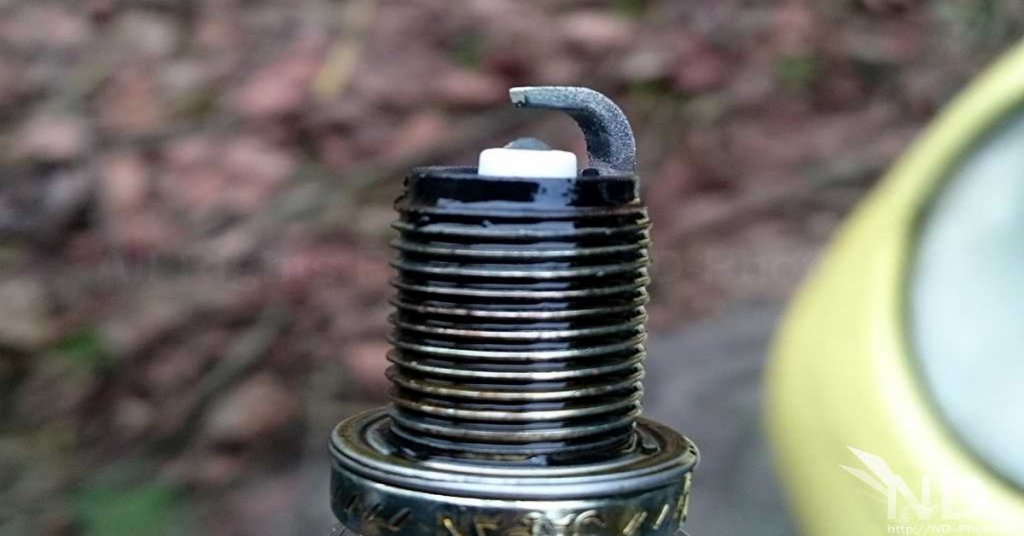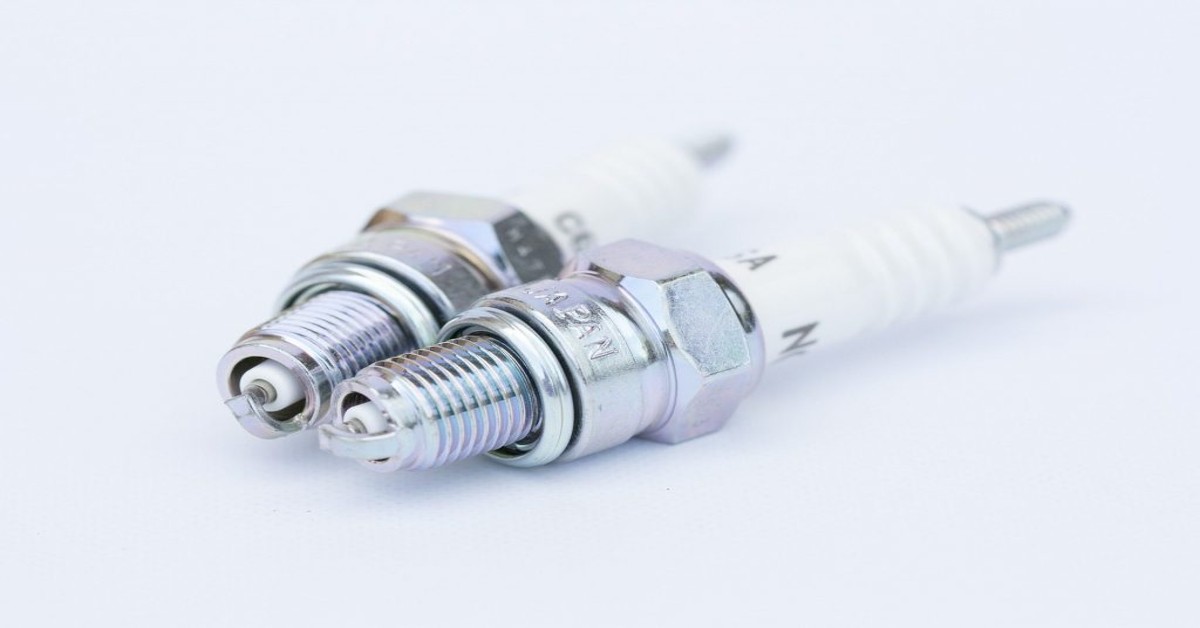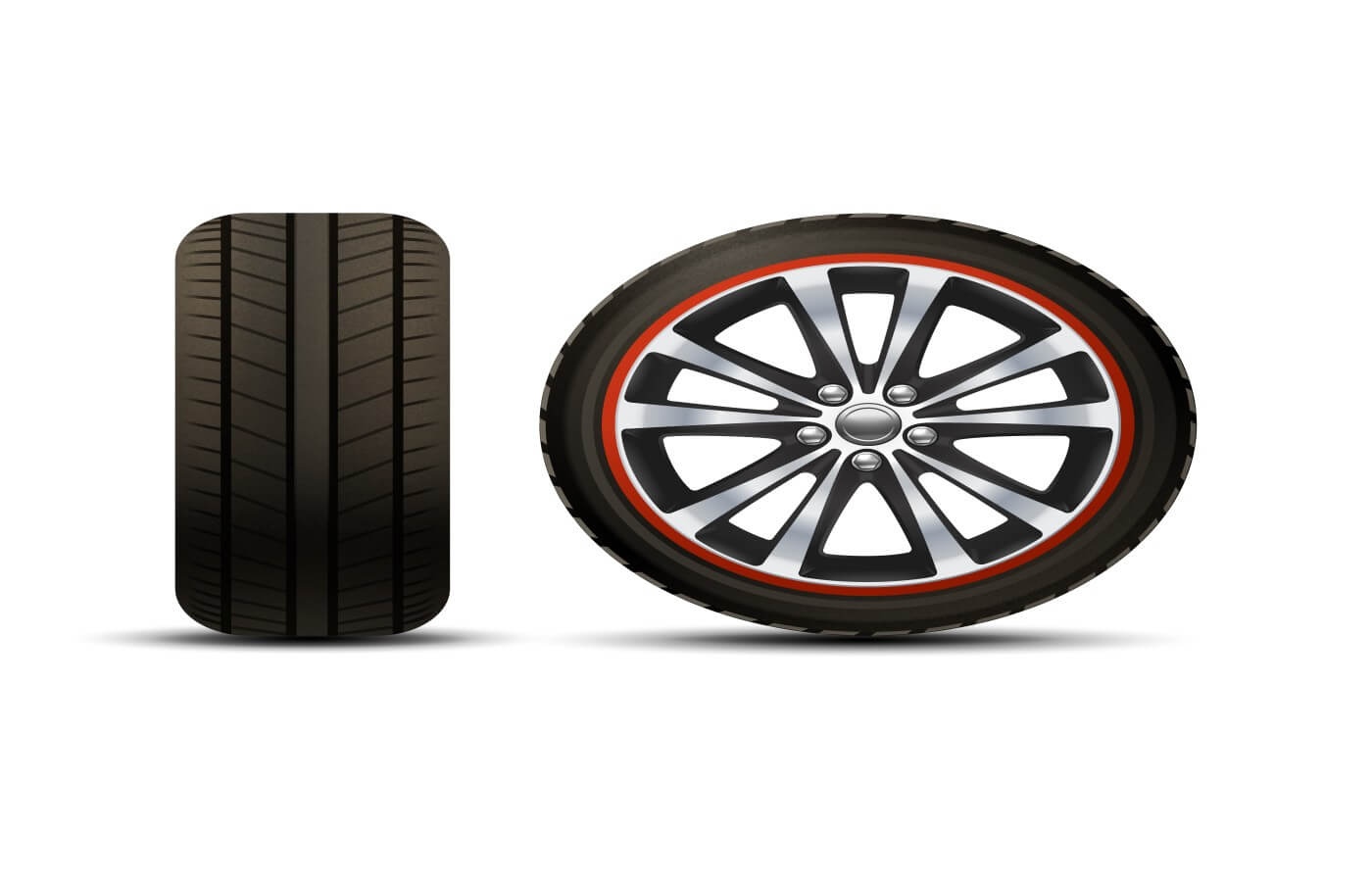Spark plugs are an extremely crucial element in the combustion process. They work to ignite the fuel mixture with precision timing and help in obtaining optimum performance from combustion.
They do so using high voltage current from the ignition coils which helps to jump the gap between the electrodes and reach the fuel mixture for ignition.
But as is the case with most components that require replacement at regular intervals, sparks plugs start to go out intermittently, often when nearing the end of their service life. In which case, they may not be able to work as well as they did before and cause various issues such as misfires, idle problems, and hesitation among other things that occur as a result of an ineffective combustion process.
When spark plugs begin to go bad, it is obvious, the combustion will not proceed as normal. But you may also find noticeable signs of improper ignition sporadically because most times spark plugs do not fail together even though their replacement is done in a set.
Table of Contents
Symptoms Of Bad Spark Plugs –

Difficulty Turning Over
This is one of the few symptoms that would ruin your whole day scouring your vehicle to find the missing link. A good spark is paramount in starting an engine. It helps ignite the cold fuel mixture and kick stars the entire system that operates the vehicle. If your spark plugs are worn out to the point they can’t produce a sufficient spark, your vehicle probably is going to have a hard time turning over.
This happens due to the overtime wear on elements of the spark plugs. Spark plugs undergo a number of changes such as the gap between the centre electrode and ground electrode, condition of ceramic insulators, erosion of the tip all of which impact their ignition capacity. When the sparks plugs have worn a good amount they may not be able to run the vehicle at all.
Hesitations
Another common symptom associated with bad spark plugs is hesitations when accelerating. When sparks plugs aren’t able to produce enough spark, the increased fuel injection may not get fully utilized and worse throw off the timing for ignition. An irregular ignition of the fuel mixture is quite obvious to create hesitations due to the sporadic combustion taking place.
In certain cases, spark plugs are also found to have an effect on acceleration from startup.
Decreased Fuel Economy
According to a study conducted by the National Institute for automotive service excellence, worn-out spark plugs can decrease fuel economy by up 30 per cent. That is quite high considering how much you would have to pay to just replace them. One other thing that is worth noting, sparks plugs do not in any way increase gas mileage. You may get a bad mileage with one’s that are worn out but upgrading to the higher quality spark plugs will not impact engine performance.
Worn-out spark plugs contribute to bad gas mileage by causing wastage of fuel as the weak spark cannot fully ignite and utilize the fuel mixture. They end up passing the fuel down the exhaust to be disposed of. So if you progressively notice your fuel economy going up it could mean you need new spark plugs.
Engine Misfires
Another notable symptom that could suggest you have worn spark plugs is engine misfires. An engine misfires typically due to improper combustion which can be traced down to a myriad of different reasons. Though if when the fuel mixture is not properly being ignited spark plugs can surely be one of the causes.
When the fuel mixture reaches the point of ignition it requires a powerful strike that would ignite the mixture and force down the piston to complete the process but if your spark plugs have gone bad they would not be able to ignite the mixture with sufficient force and essentially lead to incomplete combustion.
Sluggish Performance
As a result of the improper combustion, one other common symptoms you may notice from bad spark plugs is reduced engine performance. With a lowered spark capacity, various routine drivability areas that would have been seamless may produce uncomfortable experiences such as difficult acceleration, trouble shifting and rough idling.
When the spark plugs cannot produce the ideal amount of power, the efficient operation of the vehicle as a whole suffers. They cannot properly ignite the fuel mixture to generate a sufficient amount of power and essentially lead to wasting much of it.
Interestingly enough the sluggish performance can also be due to lowered fuel injection as the vehicle can run in a lean condition.
Lean condition
By themselves, the sparks plugs do not influence the fuel mixture. They are needed only to create an ignition to burn the fuel mixture. But upon going bad, spark plugs can create quite a peculiar case where they trick the oxygen sensors in modern cars to create a lean condition.
One of the main symptoms of bad spark plugs is unburnt fuel which is not really caused by a rich condition rather incomplete combustion but seeing that the fuel is being dumped in the exhaust the o2 sensor may believe it to be so and counteract the problem by subtracting fuel from the mix, hence creating a lean condition.
However, you may not notice the symptoms of lean fuel mixture right from the start as the o2 sensors take some time to reach operating temperatures and send the necessary information.
Check Engine Light
With constant misfire and inoperable combustion conditions, it is obvious that your vehicle trip a check engine light. A check engine light can mean many different things so it’s best to get the vehicle scanned for trouble codes by a professional mechanic.
If your sparks plugs have gone out, the OBD scanner should read the codes P0300 or P0171 which means lean running engine coupled with misfires. A good way to check spark plugs at home is by doing a thorough visual inspection. Though if you have a multimeter you will be able to determine the issue much quicker.
When To Replace Spark Plugs
Spark plugs today can last for a very long time. They are quite robust and generally do not go bad before their service interval without any internal problems in combustion. Typically you should replace your spark plugs every 10000-15000 miles depending on the type of spark plugs specified by your manufacturer. Iridium and platinum spark plugs generally last the longest with around 10000 miles though if you use normal spark plugs service interval could be as early as 30000 miles.
More importantly, though you should replace your spark plugs in set rather than switching only the bad ones. Sometimes you may notice excessive wear on one or a couple of spark plugs when others seem fine but you should always have them replaced together. Any workshop or mechanic will recommend changing the entire set but if you perform the installation at home keep in mind replacing one at a time is not worth the effort.
How To Visually Inspect For Bad Spark Plugs
A visual inspection can tell you a million things about a spark plugs condition. Right from the ceramic insulator to the ground electrode all sustain wear and undergo visual alterations which can help you determine if you need to replace them.
Starting from the bottom, the first thing you need to look at is the terminal nut. Make sure it doesn’t contain rust or dirt because that would make for a bad connection and also spoil the spark plug wires that cover it. If you find it to be dirty simply wipe it with a dry piece of cloth.
The next thing you need to look at is the ceramic insulator. It is by far the largest part of the device and can be susceptible to cracks. The purpose of the ceramic insulator is to insulate the centre electrode from the ground electrode so the sparks only occur at the tip.
If you find the ceramic insulator to be cracked here and there it could be the reason for your misfires. Also, remember to check the ceramic running to the tip and make sure it does not have any chips.
Another thing you need to check is the rust or dirt deposits around the electrode. The thick buildup of deposits can prevent the spark from occurring properly and again cause a misfire. You can try to clean the electrode if it’s not too dirty but you can possibly damage the centre electrode so it’s best to replace the plugs.
Lastly, you need to inspect the most important aspect of the spark plugs, the centre electrode and its gap. Over time the centre electrode can wear and thin out as well as have the ground electrode at a greater distance which is typically why they need to be replaced in the first place.
You can check the gap between the centre and ground electrode either using a gap tool or with the help of a spare spark plug. If the distance from the ground electrode on the old spark plug appears to be significantly greater than on the new one, you could confirm to replace the set.
Another thing that’s worth mentioning when inspecting spark plugs is corona stains. These are brown rusty stains on the edge of the ceramic that can give the appearance of something is wrong but do not really affect the spark performance. Though if you find a significant buildup of rust around the hexagon, it’s best to clean it as it could get the plugs stuck inside the engine.
Conclusion
The key to maintaining spark plugs and obtaining an efficient performance is a timely replacement and a little prudence. If you feel your car is not running right, you should inspect each plug separately and always replace them in a set.












